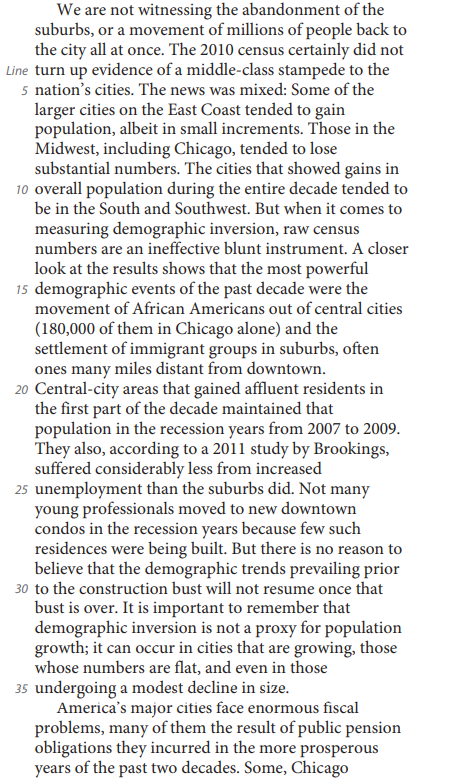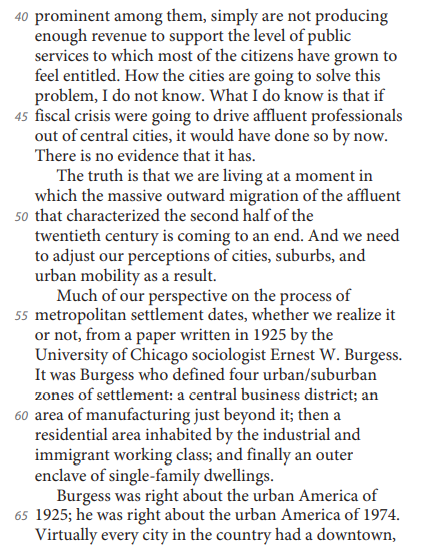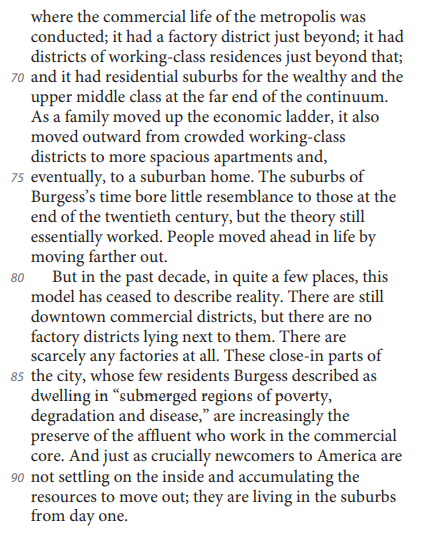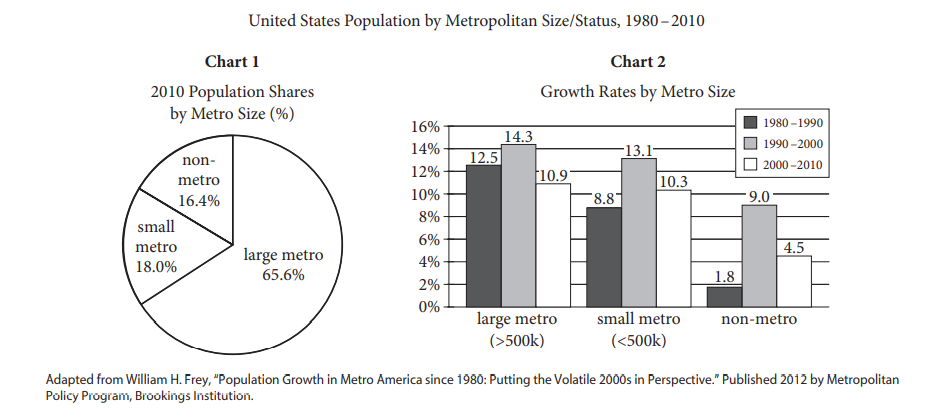SAT (Scholastic Assessment Test) is a standard test, used for taking admission to undergraduate programs of universities or colleges of the United States. SAT is developed and published by the College Board, an organization in the United States, administered by the Educational Testing Service. In this article of AKVTutorials, you will get Kaplan SAT Prep Plus Course Book Review | Practice Test 17 AMBiPi.
Kaplan SAT Prep Plus Course Book Review
Since Kaplan team authors are experts in SAT preparation, you will maximize your SAT score by Kaplan SAT Prep plus book.
Kaplan team experience has a great knowledge regarding SAT syllabus and exam pattern and hence your SAT score increases from active engagement in preparation process.
Kaplan strategies provides a direction for the SAT preparation and explain each and every skill which is required for creaking SAT exam.
Hence, if you invest more in the preparation for SAT by studying Kaplan SAT practice questions sets, the greater your chances of getting higher SAT score and then you will be very close to get admission into your top-choice colleges.
Kaplan SAT practice tests are same as real SAT exam. Therefore, if you practice Kaplan SAT practice test daily, then you will be closer to crack the SAT exam. Some of the SAT practice questions paper are given on online.
To access the online resources for SAT preparation, Goto : KapTest.com/MoreOnline
In this SAT prep book, there are following sections are made in each chapter.
Check Price On Amazon
- “How Much Do You Know?”: This section identifies your previous knowledge regarding the SAT materials chapter.
- “Check Your Work”: This section includes the answer and explanations of SAT practice questions.
- “Try on Your Own”: This section contains the SAT practice questions given on a particular SAT topic explained.
- “How Much Have You Learned?”: This section contains a set of SAT practice questions at the end of every chapter.
SAT Reading Practice Passage
This passage is adapted from Alan Ehrenhalt, The Great Inversion, and the Future of the American City. ©2013 by Vintage. Ehrenhalt is a urbanologist—a scholar of cities and their development. Demographic inversion is a phenomenon that describes the rearrangement of living patterns throughout a metropolitan area.




SAT Reading Comprehension Practice Test Questions
SAT Practice Test 17 Question No 1
Which choice best summarizes the first paragraph of the passage (lines 1-35)?
Option A: The 2010 census demonstrated a sizeable growth in the number of middle-class families moving into inner cities.
Option B: The 2010 census is not a reliable instrument for measuring population trends in American cities.
Option C: Population growth and demographic inversion are distinct phenomena, and demographic inversion is evident in many American cities.
Option D: Population growth in American cities has been increasing since roughly 2000, while suburban populations have decreased.
SAT Practice Test 17 Answer No 1
Show/Hide Answer
Option C :
The author states that “demographic inversion is not a proxy for population growth” (lines 32-33). In other words, demographic inversion is distinct from population growth. The author also notes that demographic inversion is evident in many American cities, as it “can occur in cities that are growing, those whose numbers are flat, and even in those undergoing a modest decline in size” (lines 33-35).
Choices A, B, and D are incorrect because they do not summarize the first paragraph.
SAT Practice Test 17 Question No 2
According to the passage, members of which group moved away from central-city areas in large numbers in the early 2000s?
Option A: The unemployed
Option B: Immigrants
Option C: Young professionals
Option D: African Americans
SAT Practice Test 17 Answer No 2
Show/Hide Answer
Option D :
The author notes that one of “the most powerful demographic events of the past decade [was] the movement of African Americans out of central cities” (lines 14-17).
Choices A, B, and C are incorrect because the author does not state that the unemployed, immigrants, or young professionals moved away from central-city areas in large numbers in the early 2000s.
SAT Practice Test 17 Question No 3
In line 34, “flat” is closest in meaning to
Option A: static.
Option B: deflated.
Option C: featureless.
Option D: obscure.
SAT Practice Test 17 Answer No 3
Show/Hide Answer
Option A :
The author states that democratic inversion “can occur in cities that are growing, those whose numbers are flat, and even in those undergoing a modest decline in size” (lines 33-35). In this context, cities whose “numbers,” or population size, are “flat” have static, or unchanging, populations.
Choices B, C, and D are incorrect because in this context, “flat” does not mean deflated, featureless, or obscure.
SAT Practice Test 17 Question No 4
According to the passage, which choice best describes the current financial situation in many major American cities?
Option A: Expected tax increases due to demand for public works
Option B: Economic hardship due to promises made in past years
Option C: Greater overall prosperity due to an increased inner-city tax base
Option D: Insufficient revenues due to a decrease in manufacturing
SAT Practice Test 17 Answer No 4
Show/Hide Answer
Option B :
The author states that many major American cities are currently experiencing economic hardship, or “enormous fiscal problems,” because of “public pension obligations they incurred in the more prosperous years of the past two decades” (lines 36-39). The author then provides the example of Chicago, a city that can no longer afford to pay the “public services to which most of [its] citizens have grown to feel entitled” (lines 41-43). The author is arguing that many major American cities face economic hardship due to past promises (such as public services) they made to their constituents.
Choices A, C, and D are incorrect because the passage does not discuss expected tax increases, an inner-city tax base, or manufacturing production as they relate to the financial status of many major American cities.
SAT Practice Test 17 Question No 5
Which choice provides the best evidence for the answer to the previous question?
Option A: Lines 36-39 (“America’s… decades”)
Option B: Lines 43-44 (“How…not know”)
Option C: Lines 44-46 (“What… now”)
Option D: Lines 48-51 (“The truth… end”)
SAT Practice Test 17 Answer No 5
Show/Hide Answer
Option A :
In lines 36-39, the author provides evidence that many major American cities are currently experiencing economic hardship due to promises made in past years: “America’s major cities face enormous fiscal problems, many of them the result of the public pension obligations they incurred in the more prosperous years of the past two decades.” America’s major cities made past promises, such as “public pension obligations,” to their citizens, which caused their current financial situation.
Choices B, C, and D are incorrect because they do not provide evidence that many major American cities are currently experiencing economic hardship due to promises made in past years.
SAT Practice Test 17 Question No 6
The passage implies that American cities in 1974
Option A: were witnessing the flight of minority populations to the suburbs.
Option B: had begun to lose their manufacturing sectors.
Option C: had a traditional four-zone structure.
Option D: were already experiencing demographic inversion.
SAT Practice Test 17 Answer No 6
Show/Hide Answer
Option C :
The author explains how sociologist Ernest W. Burgess determined that urban areas have a traditional four-zone structure (lines 54-63). He then states that Burgess was “right about the urban America of 1974” (line 65) as it also followed the traditional four-zone structure: “Virtually every city in the country had a downtown, where the just beyond; it had districts of working-class residences just beyond that, and it had residential suburbs for the wealthy and the upper-middle-class at the far end of the continuum” (lines 66-71).
Choices A, B, and D are incorrect because the passage does not imply that American cities in 1974 were witnessing the flight of minority populations to the suburbs, had begun to lose their manufacturing sectors, or were already experiencing demographic inversion.
SAT Practice Test 17 Question No 7
Which choice provides the best evidence for the answer to the previous question?
Option A: Lines 54-57 (“Much… Ernest W. Burgess”)
Option B: Lines 58-59 (“It was… settlement”)
Option C: Lines 66-71 (“Virtually… continuum”)
Option D: Lines 72-75 (“As… home”)
SAT Practice Test 17 Answer No 7
Show/Hide Answer
Option C :
In lines 66-71, the author provides evidence that American cities in 1974 had a traditional four-zone structure: “Virtually every city in the country had a downtown, where the commercial life of the metropolis was conducted; it had a factory district just beyond; it had districts of working-class residences just beyond that, and it had residential suburbs for the wealthy and the upper-middle-class at the far end of the continuum.”
Choices A, B, and D are incorrect because they do not provide evidence that American urban cities in 1974 had a traditional four-zone structure. Choice A references a seminal paper on the layout of American cities, choice B identifies Burgess’s original theory, and choice D focuses on movement to the suburbs.
SAT Practice Test 17 Question No 8
As used in line 68, “conducted” is closest in meaning to
Option A: carried out.
Option B: supervised.
Option C: regulated.
Option D: inhibited.
SAT Practice Test 17 Answer No 8
Show/Hide Answer
Option A :
In lines 66-68, the author notes that American cities in 1974 each had a “downtown, where the commercial life of the metropolis was conducted.” In this context, the author is stating that these cities “conducted,” or carried out, business, the “commercial life,” in downtown areas.
Choices B, C, and D are incorrect because in this context, “conducted” does not mean supervised, regulated, or inhibited.
SAT Practice Test 17 Question No 9
The author of the passage would most likely consider the information in chart 1 to be
Option A: excellent evidence for the arguments made in the passage.
Option B: possibly accurate but too crude to be truly informative.
Option C: compelling but lacking in historical information.
Option D: representative of a perspective with which the author disagrees.
SAT Practice Test 17 Answer No 9
Show/Hide Answer
Option B :
Chart 1 shows the percentage of the US population in 2010 that lived in non-metro, small metro, and large metro areas. While the author cites census numbers, he notes that “when it comes to measuring demographic inversion, raw census numbers are an ineffective blunt instrument” (lines 11-13). Census data refer to the number of people living in a specific area and the demographic information that’s been collected on them. The author would most likely consider the information in chart 1 to be possibly accurate but an “ineffective blunt instrument” that’s not truly informative.
Choices A and C are incorrect because the author would not consider census data to be excellent or compelling. Choice D is incorrect because while the author does not believe the census completely explains demographic inversion, he would be unlikely to disagree with the census data.
SAT Practice Test 17 Question No 10
According to chart 2, the years 2000–2010 were characterized by
Option A: less growth in metropolitan areas of all sizes than had taken place in the 1990s.
Option B: more growth in small metropolitan areas than in large metropolitan areas.
Option C: a significant decline in the population of small metropolitan areas compared to the 1980s.
Option D: roughly equal growth in large metropolitan areas and nonmetropolitan areas.
SAT Practice Test 17 Answer No 10
Show/Hide Answer
Option A :
Chart 2 shows that the growth of all metropolitan areas in the 1990s was higher than the growth in all metropolitan areas in the 2000s: large metro areas experienced a growth of 14.3% in the 1990s versus growth of 10.9% in the 2000s, small metro areas experienced a growth of 13.1% in the 1990s versus growth of 10.3% in the 2000s, and non-metro areas experienced a growth of 9.0% in the 1990s versus growth of 4.5% in the 2000s.
Choices B, C, and D are incorrect because they do not accurately characterize the US growth rate by metro size from 2000-2010 as illustrated in chart 2.




